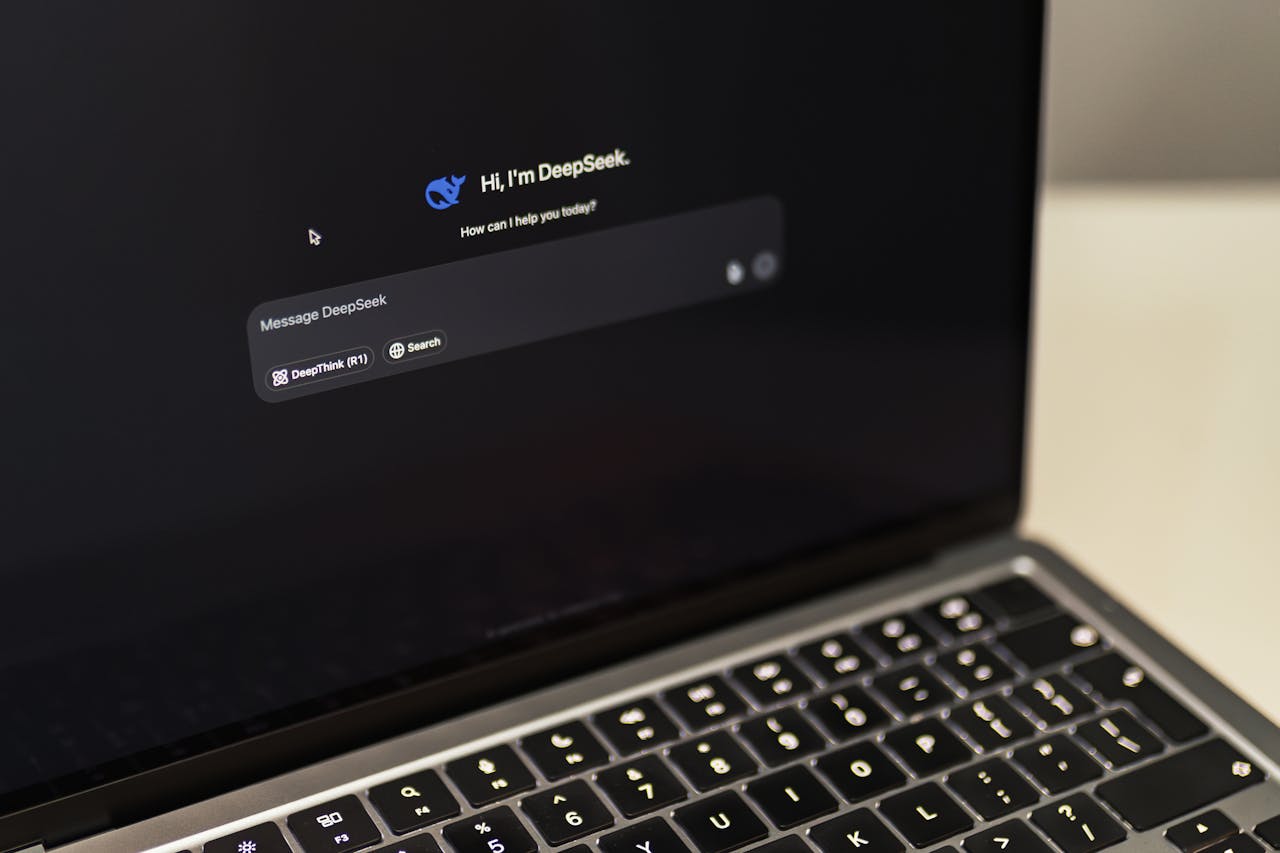Write Us: hello@ali5.org
How to Make AI Work For You (Not Replace You)
Afraid of being replaced by AI? Learn how to future-proof your career by using AI as a powerful tool. Practical tips to stay relevant, skilled, and in control.

AI isn’t coming for your job. Not if you learn how to make it work for you.
Let’s get one thing straight: yes, AI is reshaping industries. Yes, it’s automating repetitive tasks, analyzing data faster than any human, and writing entire blog posts (hi there). But no, that doesn’t mean you’re destined to be replaced by a robot.
What this means is: the rules of the game are changing. If you understand how to play the new game, how to use AI to level up your thinking, speed, creativity, or decision-making, you’ll not only stay relevant, you’ll probably get ahead.
So the question isn’t “Will AI replace me?”
The question is “How do I use AI so I can’t be replaced?”
Let’s break it down.
Why AI Feels Threatening (And Why It Shouldn’t)
The fear is understandable. AI tools like ChatGPT, Midjourney, and Claude can now write code, generate designs, answer legal questions, and even compose music. Jobs that once seemed “safe” now feel… shaky.
But here’s what people often miss: AI is still just a tool. A powerful one, yes. But without direction, context, and human input, it’s just fancy autocomplete. It doesn’t understand nuance the way people do. It can’t navigate messy emotions or conflicting priorities like you can. It doesn’t innovate, it imitates.
So the real threat isn’t AI—it’s staying passive while it evolves. If you’re waiting for someone to tell you how to adapt, you’ll get left behind. But if you start using it intentionally? You become irreplaceable.
1. Shift From Task-Doer to Problem-Solver
Let’s say your job involves writing reports. Or analyzing customer feedback. Or building spreadsheets.
AI can now do all of that in seconds. But what it can’t do well is figure out which problems matter most, or how to communicate solutions in a way that inspires people to act.
The value has shifted. It’s no longer about how quickly you can do the task; it’s about how well you understand the task’s purpose. Can you frame the right questions? Can you spot patterns AI might miss? Can you challenge assumptions?
That’s the role of a problem-solver, and that’s not going away.
Tip: Use AI to handle the grunt work (data crunching, draft writing, research gathering), but don’t hand over the thinking. That’s your job.
2. Learn the Tools. Don’t Wait for Permission
If you wait for your manager, school, or company to train you on AI, you’ll already be behind. The people winning in this new era are the ones who explore on their own.
Start with tools that fit your role:
-
Writers/marketers: Try ChatGPT, Jasper, or Copy.ai for drafting and brainstorming.
-
Designers: Use Midjourney, Canva’s AI tools, or Adobe Firefly to create concepts faster.
-
Analysts: Learn how to use AI in Excel (Copilot), or experiment with ChatGPT plugins for data modeling.
-
Admins/VAs: Automate calendar management, emails, and customer service with tools like Motion, x.ai, or Notion AI.
Don’t overthink it. Pick one tool and give yourself 30 minutes to play with it. Treat it like a teammate, not a threat.
3. Build AI Literacy. Not Just Technical Skills
You don’t need to be a coder. But you do need to understand how AI thinks. That means understanding:
-
What it’s good at (patterns, language, predictions)
-
What it struggles with (emotions, ethics, long-term reasoning)
-
How to write effective prompts (this is the new soft skill of the decade)
For example, instead of asking ChatGPT,
“Write me a report on customer satisfaction.”
Try:
“Summarize key insights from this customer feedback and suggest 3 improvements a company can act on in 30 days.”
Better input = better output. That’s prompt engineering in a nutshell.
4. Keep the Human Touch Front and Center
Here’s where you shine: judgment, empathy, creativity, leadership. These are things AI can’t replicate, at least not genuinely.
Want proof? Ask ChatGPT to write a breakup text. Then ask your best friend. See the difference?
In any industry, the people who bring emotional intelligence to the table, who listen, who understand what others aren’t saying, who connect the dots with intuition, will always be essential. Even in tech-heavy roles.
So, while you embrace AI tools, double down on the human skills too. That’s what keeps you in demand.
5. Make AI Part of Your Daily Workflow
This part is key: don’t treat AI as a separate skill. Make it part of how you work, every day.
Examples:
-
Drafting an email? Let AI write the first version, then polish it with your tone.
-
Starting a project? Ask AI to outline the key steps or surface relevant research.
-
Stuck on a presentation? Use AI to brainstorm visuals, simplify data, or create slide content.
The more you integrate it, the more time you’ll save, and the faster you’ll level up.
6. Stay Curious and Keep Evolving
AI is not static. New tools, updates, and capabilities are popping up every month. The people who thrive aren’t the ones who mastered one tool; they’re the ones who stay curious and keep learning.
Follow AI news. Join communities. Take short online courses. Subscribe to newsletters like “Ben’s Bites” or “The Rundown AI.” Even 15 minutes a week can keep you in the loop.
Remember: you don’t need to become an AI expert. You just need to become AI fluent.
Final Thought: It’s Not About Competing with AI. It’s About Collaborating
The future isn’t humans vs. machines. It’s humans with machines.
Use AI to do the heavy lifting. Let it free you from the tedious stuff, so you can focus on the work that matters, the thinking, connecting, leading, creating. If you treat AI like a threat, it will feel like one.
But if you treat it like a powerful assistant, it becomes your edge.
And in 2025 and beyond, that edge makes all the difference.







